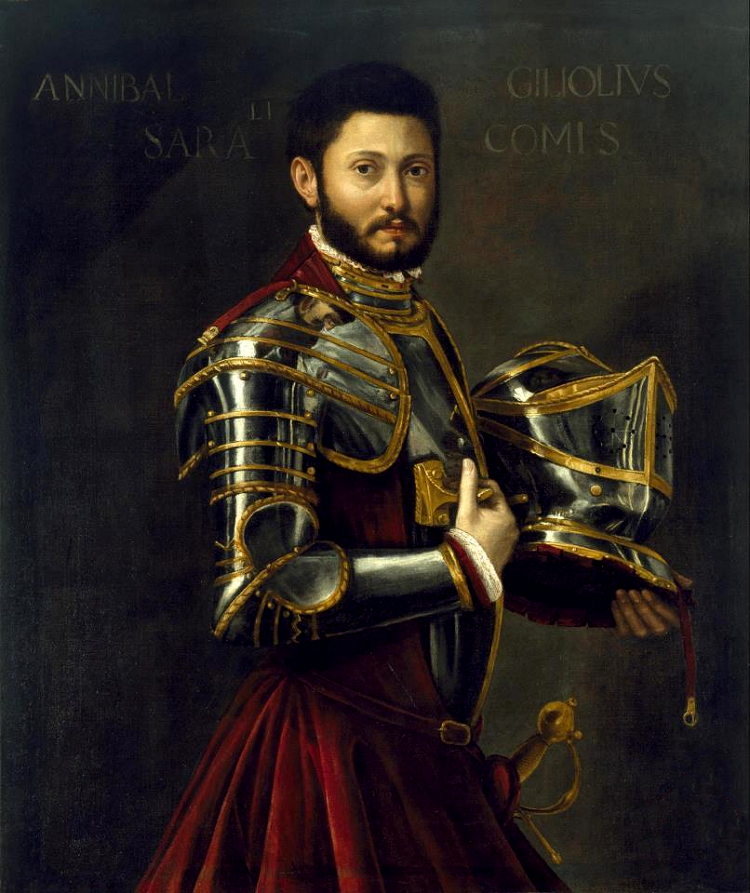As concerns his coloring, Mr. Cagney was what we'd now call "ginger". I don't think his hair was actually red - more sandy than auburn - but he had the pallor and freckles, the light eyebrows and eyelashes of the archetypal redhead. Which caused a problem when it came to stage or film work: his face read as a blank. Hollywood, especially in the first years after his
explosion as a movie star, remedied his facial indistinctness with a cosmetic vengeance. Mascara, sometimes eyeliner, frequently a little lip color, and always penciled in eyebrows; his eyebrows were naturally thick, but they drew on thin-ish but quite visible brows, and at an expressive angle. I adore Cagney as a actor and as a cinematic legend, but I also love seeing how dolled-up he is from film to film.
 |
| From 1931's "The Public Enemy", of course, the film that made him a star. |
 |
| For "Footlight Parade", 1933. |
 |
| Publicity for "Picture Snatcher", 1933. |
 |
| Uncharacteristically moustachioed. Actually, he wore one in several films, including "Lady Killer", 1933", and "He Was Her Man", 1934. |
 |
| I believe these two portraits were publicity for "Torrid Zone", 1940. |
 |
| Three portraits for "Here Comes the Navy", 1934. |
 |
| For "G-Men", 1935. |
 |
| From "Blonde Crazy", 1931. |
***
And without the painted-in enhancement:
 |
| Portrait by Edward Weston, circa 1933. |
 |
| Portrait by Imogen Cunningham. |




















































